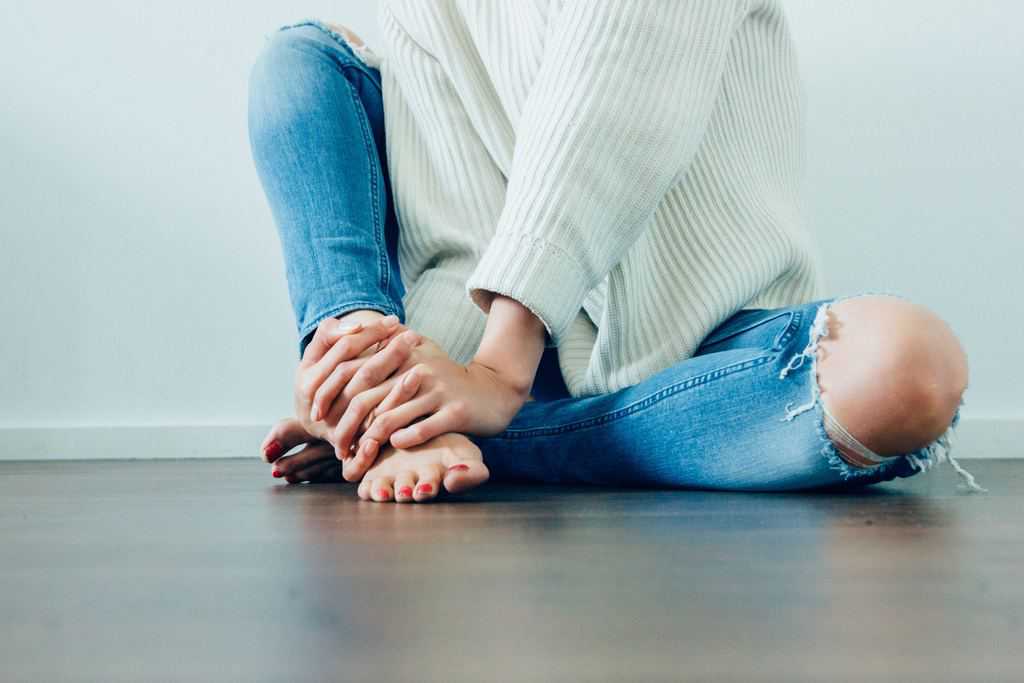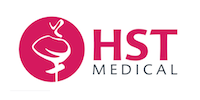
Lower back pain is one of the most common types of pain experienced by many people.
According to the National Institute of Neurological Disorders and Stroke (NIH, source), about 80% of adults may experience lower back pain at some point of their lives.
Possible Causes of Lower Back Pain
There are a few reasons why lower back occurs. Allopathic medicine defines some mechanical causes of lower back pain as a result from sprains, spinal disc degeneration, herniated discs, sciatica, spondylolisthesis, injury, etc. In traditional Chinese medicine (TCM), practitioners define the causes of lower back pain from “Kidney”* deficiency, “Blood stasis”, and “dampness” (source).
“Kidney” Deficiency
TCM recommends the preferred approach to manage lower back pain due to a “Kidney” deficiency with herbal medication, with acupuncture as a supplemental approach. A “Kidney” deficiency comprises deficiency in the “Yin”, “Yang” and “Qi” of the “Kidney”.
Common herbs used for a “Kidney Yang” deficiency include Eucommia Bark (Du Zhong) and Morinda Root (Ba Ji Tian). For a “Kidney Yin” deficiency, prepared Rehmannia Root (Shu Di Huang) and Chinese Wolfberry (Gou Qi Zi) are used. For a “Kidney Qi” deficiency, Cinnamon Twig (Gui Zhi) are used together with prepared Rehmannia Root.
“Blood Stasis”
In TCM, pain from “Blood stasis” is also known as “Blood stagnation” is a result from hampered blood circulation. Such “stasis” can be due to an injury, prolonged poor posture, or spinal disorders especially at the lumbar region.
Recommended TCM approaches for such lower back pain are acupuncture and cupping, with a supplemental approach of herbal medications such as Safflower (Hong Hua) and Myrrh (Mo Yao) to help clear blood stagnation. In certain cases, a physical manipulation of the spine or pelvic bone may be offered.
“Dampness”
If the lower back pain is more pronounced during rainy days, TCM practitioners may diagnose the cause due to “Dampness”.
In such cases, a practitioner may recommend a combined approach of herbal medicine and cupping. Common herbs used include Pubescent Angelica Root (Du Huo) and Mulberry Mistletoe Stem (Sang Ji Sheng).
* In TCM nomenclature, the organs referred to are systemic in nature rather than the organs usually referred to in allopathic medicine, so they are capitalized.
(by Tan Shiau Tse, TCM Physician, Copyright® HST Medical Pte Ltd)
